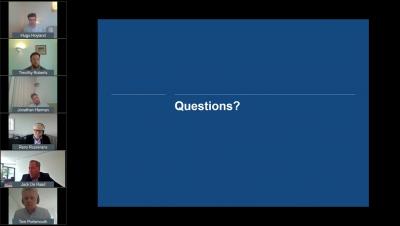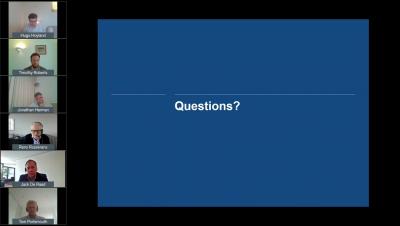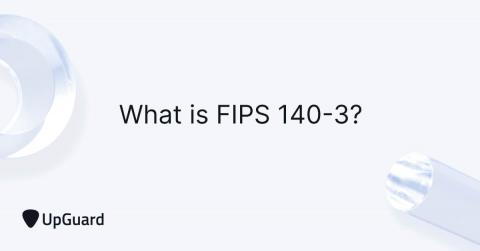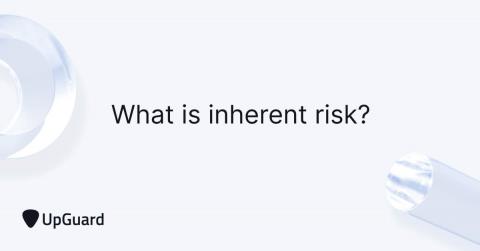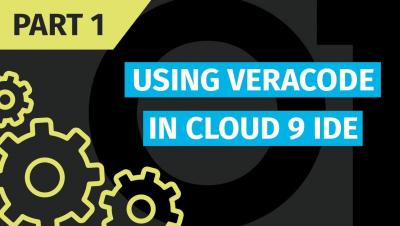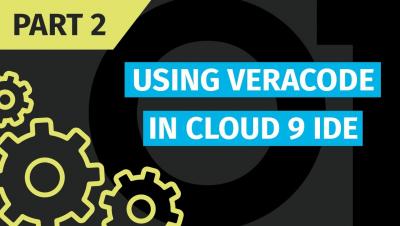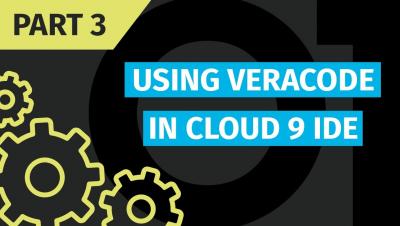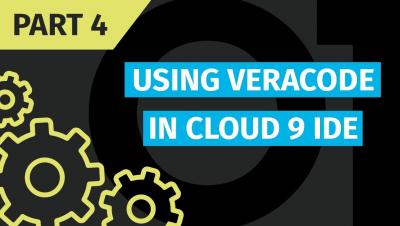Security | Threat Detection | Cyberattacks | DevSecOps | Compliance
%term
How has COVID-19 disrupted on-the-ground intelligence for cross-border asset tracing investigations?
What is FIPS 140-3? The Critical Updates You Must Be Aware Of
FIPS 140-3 is the long-awaited update to FIPS 104-2 which was established on May 25, 2001. This updated validation process is finally capable of addressing the cryptographic modules that have evolved since 2001. This validation process includes testing with respect to certain standards or protocols and then the issuing of an official certificate from NIST (National Institute of Standards and Technology) confirming compliance with FIPS 140-3.
What is inherent risk? Your sensitive data could be In danger
Inherent risks are the cyber risks and vulnerabilities within an organization before security measures are implemented. In contrast, residual risk is calculated after cybersecurity protections have been put in place to protect against all of these inherent risks; its calculation includes every possible attack vector that could affect a system or data.
Part One: Using Veracode From the Command Line in Cloud 9 IDE
Part Two: Using Veracode From the Command Line in Cloud 9 IDE
Part Three: Using Veracode From the Command Line in Cloud 9 IDE
Part Four: Using Veracode From the Command Line in Cloud 9 IDE
Ekran
4 Reasons Cloud-Native Organizations Benefit from Cloud-Native Logging and SIEM
For cloud-native organizations — those begun in the past decade or so — obtaining critical services from other cloud-native companies makes sense. After all, the whole point of being cloud native is to avoid physical infrastructure wherever possible. You want to focus on your business, not managing the systems and infrastructures that support it. That strategy applies to your logging and security information and event management (SIEM) solution, as well.


